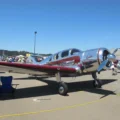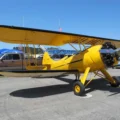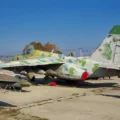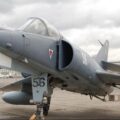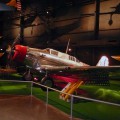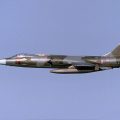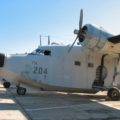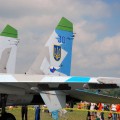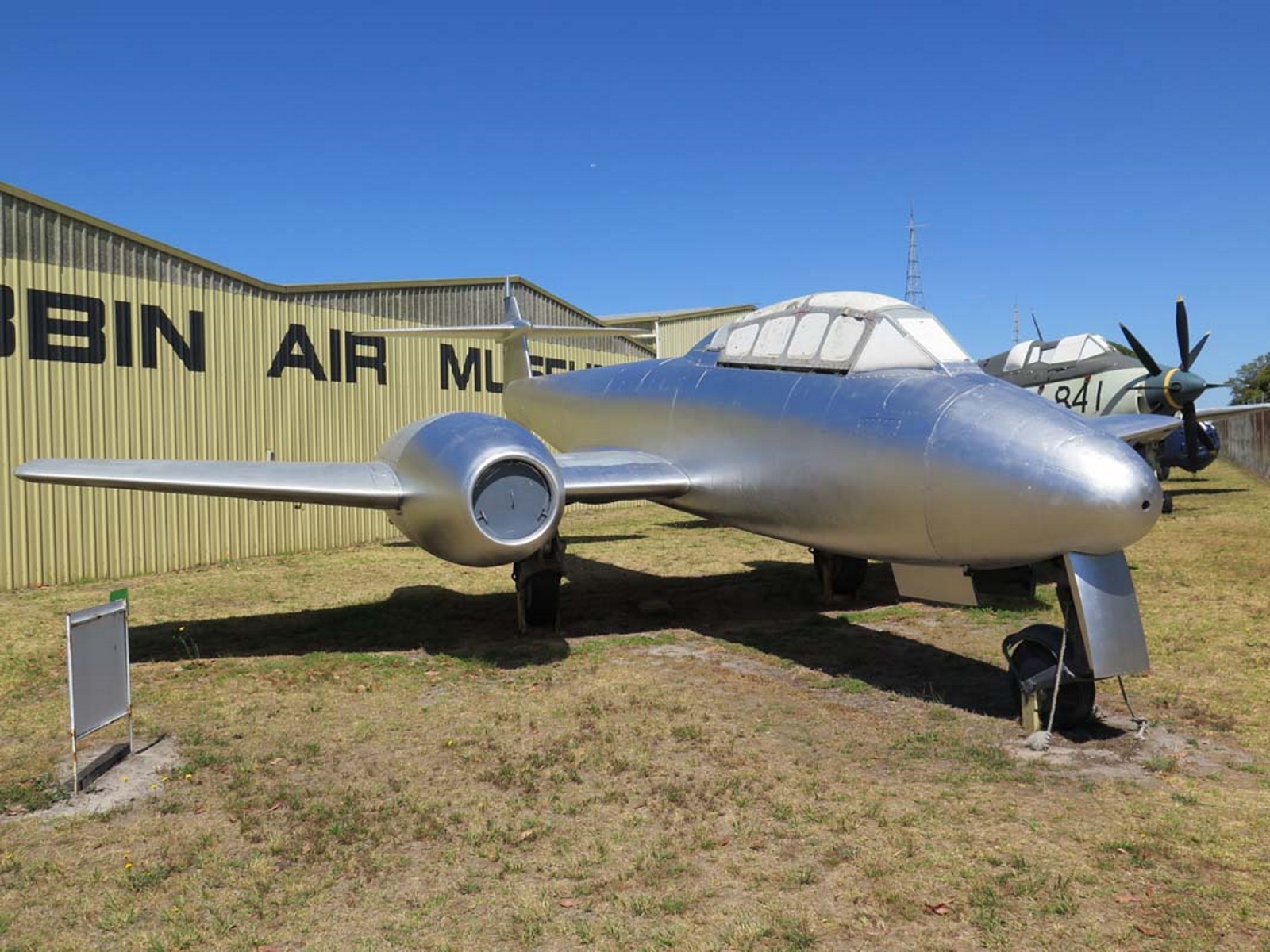
Gloster Meteor T.7 | ||
| Zemlja | Velike britanije | |
| Tip | Borbeni avioni | |
| Fotografija | Vladimir Jakubov | |
| Pronađite | Australijski nacionalni vazduhoplovni muzej | |
| Opis | Album albuma 71 photos walk-around of a «Gloster Meteor T.7» | |
Foto-galerija a Gloster Meteor T.7, The Gloster Meteor was the first British jet fighter and the Allies’ only operational jet aircraft during the Second World War. The Meteor’s development was heavily reliant on its ground-breaking turbojet engines, pioneered by Sir Frank Whittle and his company, Power Jets Ltd. Development of the aircraft itself began in 1940, although work on the engines had been under way since 1936. The Meteor first flew in 1943 and commenced operations on 27 July 1944 with No. 616 Squadron RAF. Nicknamed the “Meatbox”, the Meteor was not a sophisticated aircraft in its aerodynamics, but proved to be a successful combat fighter. Gloster’s 1946 civil Meteor F.4 demonstrator G-AIDC was the first civilian-registered jet aircraft in the world. Meteor T.7: Two-seat trainer variant of the F.4, company prototype first flew 19 March 1948, 640 production aircraft for the Royal Air Force and the Royal Navy (43) and 72 for export (Belgium, Brazil, Denmark, Egypt, France, Israel, Netherlands). Avions Fairey modified 20 Belgian Air Force F.4s to T.7 standard.
| Informacije | |
|---|---|
| Ulogu | Borac |
| Proizvođača | Gloster Aircraft Company |
| Prvi let | 5 Mart 1943 |
| Uvod | 27 Jul 1944 |
| Penzionisani | Osamdesete |
| Proizvodi | 1943–1955 |
| Broj je napravljen | 3,947 |
| Meteor Mk. 4 Walk Around | |
|---|---|
| Fotograf | Andrej Serohh |
| Lokalizacija | Muzej Danmarks Tekniske, |
| Fotografije | 41 |
Pogledajte i:
Čaj Gloster Meteor T.7 bio je dvosed trener verzija prvog britanskog mlaznog lovca, Gloster Meteor. Razvijen je krajem 1940-ih da zadovolji potražnju za mlaznim pilotima u Kraljevskom vazduhoplovstvu i drugim vazduhoplovnim snagama koje su upravljale Meteor. T.7 je imao duži trup od jednog sedišta Meteor F.4, sa drugim kokpitom za instruktora iza učenika.
Čaj T.7 zadržao iste Rolls-Roice Derwent motore i naoružanje od četiri 20 mm topova kao F.4, ali je imao smanjene performanse zbog povećane težine i otpora. T.KSNUMKS je ušao u službu u KSNUMKS i bio je u širokoj upotrebi za obuku i konverzije svrhe do KSNUMKSs. Neki T.KSNUMKSs su takođe modifikovani za druge uloge, kao što su meta vuču, radar kalibracija, i istraživanje i razvoj.
Views : 3415


